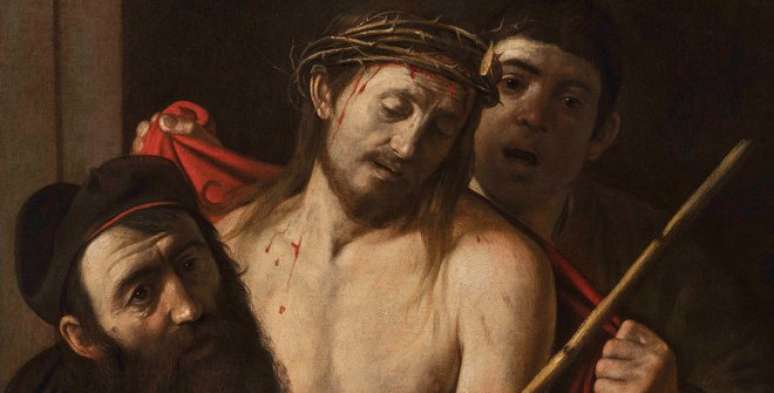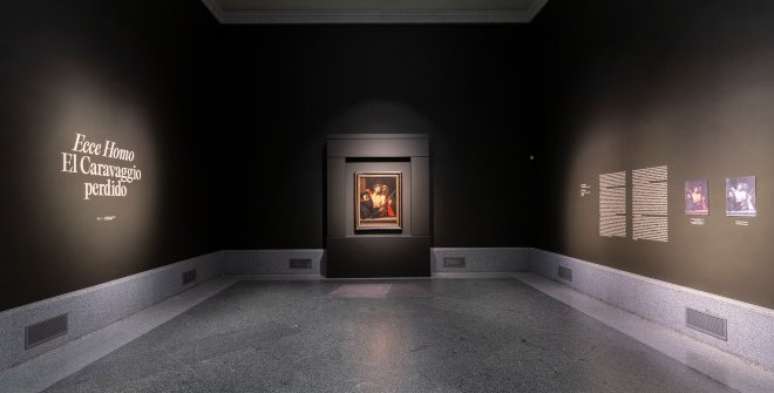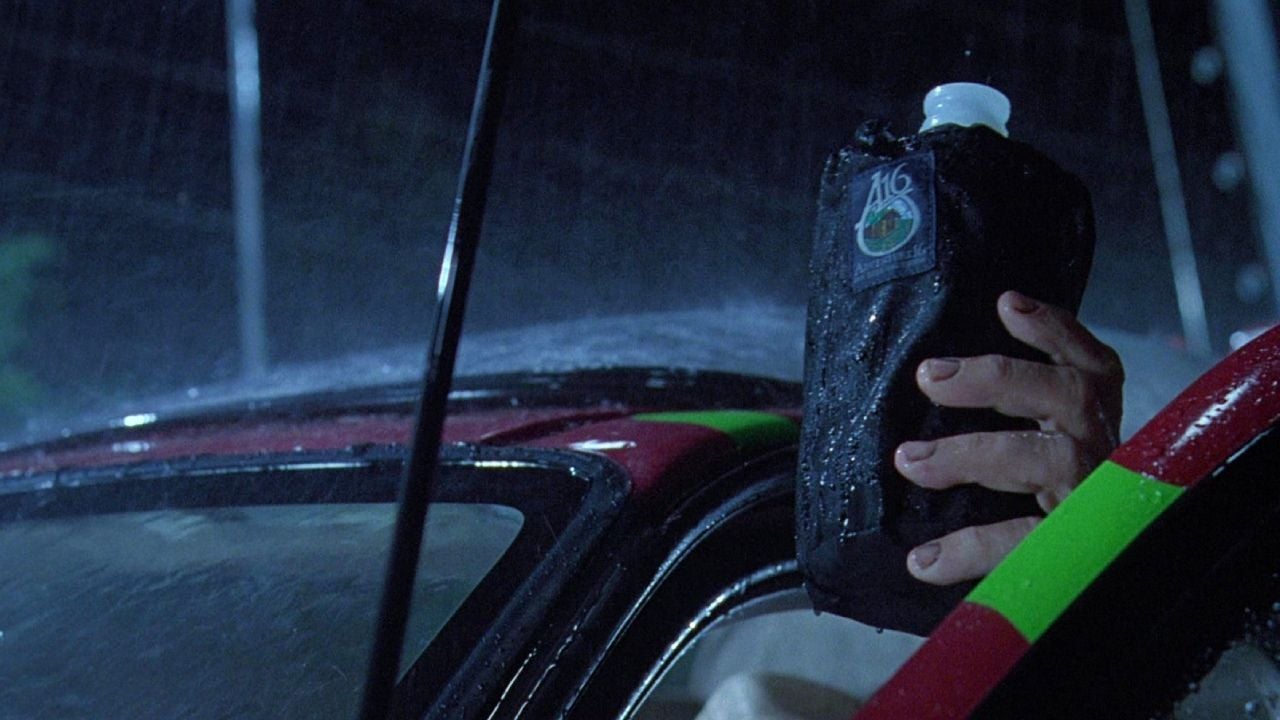An over 400-year-old painting by the Italian master had been missing since the 19th century and will be on display in the Madrid museum until 2025
It is possible to see the work until February 23, 2025 Ecce HomoIn Caravaggiodisplayed in Prado Museum, in Madrid. The museum in the Spanish capital has maintained a space specifically dedicated to the painting since May 28th. The painting, whose real authorship was unknown until recently, was “rediscovered” only in 2021.
The famous Italian painter conceived the work between the years 1605 and 1609. The painting was later incorporated into the private collection of Spanish King Felipe IV. It is one of approximately sixty currently known works by Caravaggio, the first great representative of the Baroque style.
One of the greatest discoveries in the history of art
The work had disappeared since the 19th century. The painting has been attributed to a pupil of the Spanish José de Ribera, a 17th century painter. In fact, the piece has in the meantime almost sold for the ridiculous sum of 1600 dollars.

According to the Prado Museum, the discovery of Ecce Homo “represents one of the greatest discoveries in the history of art”. The painting was restored by Andrea Cipriani and his team, as well as being analyzed by Claudio Falucci, a nuclear engineer who applied scientific techniques to study the piece. The leading experts on the Baroque style and the work of the Italian artist agree on this point Ecce Homo it is written by Caravaggio.
The current owner, whose name has not been revealed, transferred the painting to the Prado Museum for display, initially for a nine-month period between May 2024 and February 2025.
The story behind the work
The painting represents the figure of Christ with the crown of thorns before the crucifixion. The title Ecce Homo (“Behold the man”) refers to the words of Pontius Pilate in presenting Jesus to the crowd for condemnation.
The painting dates back to the years preceding Caravaggio’s death, which occurred in 1610, in the period in which he had to leave Rome to avoid the death penalty. The painter had killed a man during a fight in 1606, which was why he had moved there Naples. It is likely that the painting was conceived during the difficult years of the fugitive artist.
Since then the work has passed into the collections of countless Spanish collectors. Among these, from the collection of King Philip IV.
In addition to the exhibition, the publication of a collection of texts on the work was also announced, which will bring together the essays of four experts on the topic. The publication addresses the context of the discovery of the painting and its history, as well as containing the analysis of its technical aspects.
Other works available in virtual exhibition
The Prado Museum is the most important Spanish museum and has made part of its collection virtually accessible. There are more than 400 works available on the application The Prado guideaccompanied by comments from museum experts.
You can check more details about the app The Prado guide by clicking here.
Service
OR Prado Museum Open from Monday to Saturday from 10:00 to 20:00 and on Sundays and holidays from 10:00 to 19:00. Tickets cost 15 euros and can be purchased on the official website.
Source: Terra
Ben Stock is a lifestyle journalist and author at Gossipify. He writes about topics such as health, wellness, travel, food and home decor. He provides practical advice and inspiration to improve well-being, keeps readers up to date with latest lifestyle news and trends, known for his engaging writing style, in-depth analysis and unique perspectives.





![Tomorrow belongs to us: What awaits you in the episode 2036 Monday, September 22, 2025 [SPOILERS] Tomorrow belongs to us: What awaits you in the episode 2036 Monday, September 22, 2025 [SPOILERS]](https://fr.web.img6.acsta.net/img/f4/a4/f4a49c75853b1acf7faf8a0113b4e3c2.jpg)

-tol6t0mfaotv.png)
